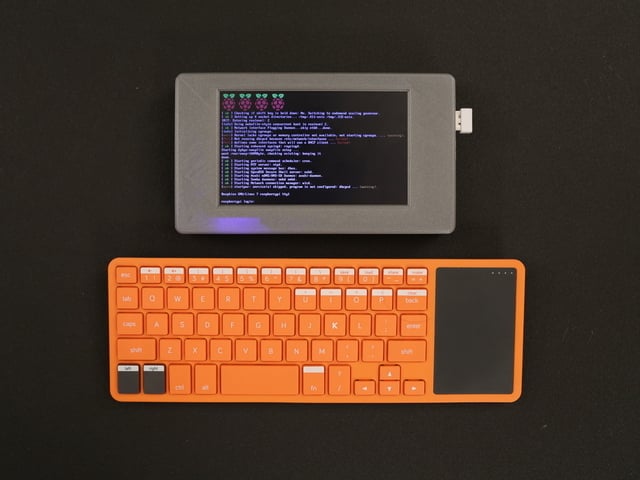The PowerBoost Chargers are super versatile portable power sources. The one missing feature is the ability to pass USB data so you can exchange data with your computer while the LiPo battery is charging. This project turns your PowerBoost Charger into a LiPo Powered USB Data Cable.
The Booster Cable is a relatively easy project. Once you collect all the components and tools, it should only take an hour or two to assemble.
Required Components:
- PowerBoost 500 Charger (shown) or PowerBoost 1000 Charger
- USB Cable - choose one with a 'B' connector to fit your device
- LiPo Cell - 2200mAh - or whatever size fits your project best
- 2 small ‘zip’ ties
- Electrical tape
Optional Components:
Your enclosure choice will depend on the battery selection. For this build, we’ll simply use some 3/4” heat-shrink tubing and a cylindrical battery to make a compact in-line package.
Other options include mint or gum tins or other small project boxes.
Tools:
- Hobby Knife
- Wire Cutters
- Wire Strippers
- Soldering Iron & supplies
Optional:
- Hot-air gun (for heat-shrink tubing - if used)





































